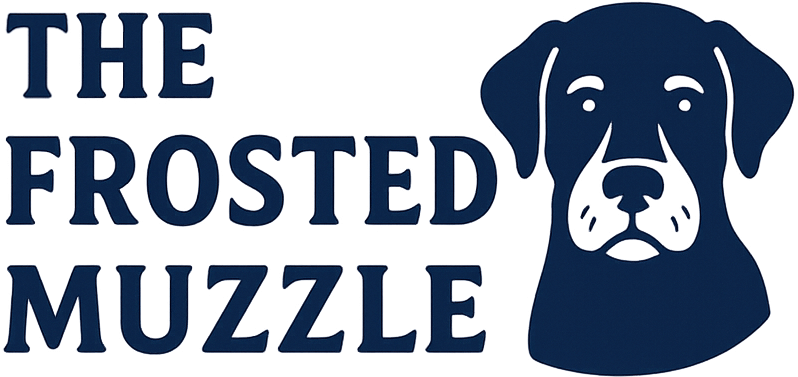Table of Contents
It can feel like just yesterday when your dog was bounding through the yard without a care in the world. But as the years pass, subtle changes start to show. Around age seven, most dogs are considered seniors, and just like us, they begin to experience the effects of aging.
Caring for a senior dog isn't about being alarmed—it's about being prepared. This guide covers key health signs to watch for and how to support your aging pup so they can enjoy their golden years with comfort and love.
Mobility Changes and Joint Stiffness
One of the first signs of aging you'll likely notice is a slower pace or reluctance to jump. Climbing stairs might take longer, or your dog may hesitate to get up after lying down.
This can be caused by arthritis or general wear and tear on joints. Regular walks, soft bedding, and joint-supporting supplements (like glucosamine and chondroitin) can make a big difference. Your vet might also recommend low-impact exercises like swimming or short, frequent strolls.
Weight Fluctuations
Unexplained weight gain or loss is more than just a cosmetic issue—it can be a sign of metabolic changes, thyroid problems, or diabetes. Keep track of your dog’s body condition. If you notice a visible waist disappearing or bones becoming more prominent, it’s time for a vet visit.
A balanced diet tailored for seniors—often with fewer calories but more joint and immune support—can help maintain a healthy weight.
Vision and Hearing Loss
Your once-alert pup may not respond as quickly to your voice or seem startled when approached from behind. Cloudy eyes could suggest cataracts or another age-related eye condition.
While you can’t stop the aging process, you can adapt. Use hand signals alongside voice commands, keep furniture in the same place, and avoid sudden movements when waking your dog.
Dental Health Concerns
Dental disease is extremely common in older dogs. You might notice bad breath, drooling, or reluctance to chew. These are signs of potential tooth decay or gum issues.
Routine dental checkups, brushing (if your dog tolerates it), and dental chews can all help reduce plaque buildup and keep infections at bay.
Changes in Bathroom Habits
Incontinence or accidents inside the house might be signs of urinary tract infections, kidney problems, or cognitive decline. On the flip side, constipation or straining could indicate gastrointestinal issues.
Don’t dismiss changes in bathroom behavior as just “getting old.” A vet checkup can help determine if there’s an underlying cause that can be treated.
Behavior Shifts
A once-friendly dog may become irritable, or a typically independent pup might become clingy. Some senior dogs even show signs of canine cognitive dysfunction, similar to dementia in humans. This can include pacing, staring into space, or forgetting familiar routines.
Staying mentally active through play, puzzles, and human interaction can help keep their mind sharp and spirits lifted.
Skin and Coat Changes
Your senior dog’s coat may lose some of its luster, or you might find new lumps and bumps. Not all are dangerous, but any new growth should be checked by a vet. Dry, flaky skin can also signal internal issues or a need for better nutrition.
Brushing regularly helps keep the skin healthy and gives you the chance to spot changes early.
Increased Need for Vet Visits
Senior dogs benefit from twice-yearly wellness checks. Blood tests, urinalysis, and other screenings can catch problems before symptoms appear. It’s far better to manage a health issue early than to react once it’s advanced.
A Gentle Reminder
Your dog might be slowing down, but their heart still beats with the same love and loyalty as always. Aging isn’t a decline—it’s a new chapter. With a little extra care, patience, and attention, your senior dog can continue to live a life full of joy, comfort, and tail wags.

